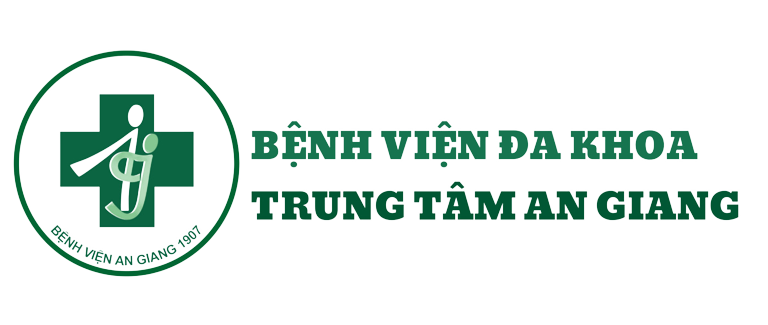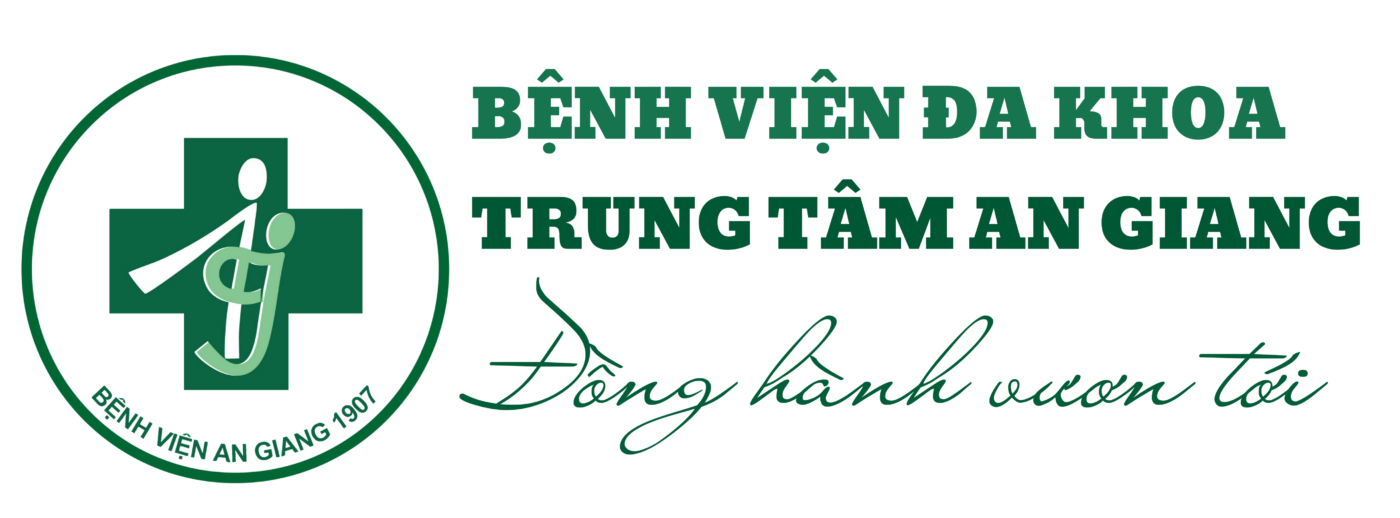Manjri Garg, Jyotsna Sen, Sandeep Goyal, Dhruva Chaudhry
Mục tiêu: Truyền dịch, bước quan trọng nhất trong hồi sức của bệnh nhân
sốc nhiễm trùng, tốt nhất là theo dõi huyết động xâm lấn liên tục. Nghiên cứu đã được lên kế hoạch để đánh giá hiệu quả của chỉ số siêu âm tĩnh mạch chủ dưới (IVC CI) được đo bằng siêu âm so với áp lực tĩnh mạch trung tâm (CVP) trong dự đoán đáp ứng dịch trong sốc nhiễm trùng.
Vật liệu và Phương pháp: Ba mươi sáu bệnh nhân bị sốc nhiễm trùng cần hỗ trợ thở máy (xâm lấn / không xâm lấn) được đưa vào nghiên cứu. Bệnh nhân bị suy tim sung huyết, tăng áp lực trong ổ bụng và khó siêu âm đã bị loại khỏi nghiên cứu. Chúng được chia ngẫu nhiên thành hai nhóm dựa trên chế độ hồi sức truyền dịch – Nhóm I (CVP) và Nhóm II (IVC CI). Điểm khởi đầu chính là áp lực động mạch trung bình (MAP) lần lượt là ≥65 mmHg và CVP> 12 mmHg hoặc IVC <20% ở nhóm I và II. Bệnh nhân được theo dõi cho đến khi đạt được điểm cuối hoặc tối đa là 6 giờ. Các biến số kết quả (nhịp tim, MAP, lượng nước tiểu, pH, giảm dự trữ kiềm và ScvO2) được đo hoàng loạt cho đến khi kết thúc nghiên cứu. Sống sót sau 2 và 4 tuần được sử dụng làm điểm cuối thứ cấp.
Kết quả: Điểm đầu tiên đạt được ở 31 bệnh nhân (15 ở nhóm I và 16 ở nhóm II). Truyền dịch, bằng một trong hai phương pháp, đã tăng CVP và giảm IVC CI với kết quả tương quan nghịch giữa hai nhóm (hệ số tương quan Pearson -0.626). Không có sự khác biệt đáng kể về số lượng dịch truyền vào và thời gian để đạt đến điểm cuối ở hai nhóm. So sánh các biến số kết cục tại đường cơ sở và điểm cuối cho thấy không có sự khác biệt đáng kể bao gồm cả tỷ lệ tử vong.
Kết luận: CVP và IVC CI có tương quan nghịch với hồi sức truyền dịch, và cả hai phương pháp đều có thể được sử dụng để hồi sức, với IVC CI không thua kém CVP.
Người dịch: BSCKII Phạm Ngọc Kiếu
Comparative evaluation of central venous pressure
and sonographic inferior vena cava variability in
assessing fluid responsiveness in septic shock
Manjri Garg, Jyotsna Sen, Sandeep Goyal, Dhruva Chaudhry
Objective: Fluid infusion, the most critical step in the resuscitation of patients with
septic shock, needs preferably continuous invasive hemodynamic monitoring. The study was planned to evaluate the efficacy of ultrasonographically measured inferior vena cava collapsibility index (IVC CI) in comparison to central venous pressure (CVP) in predicting fluid responsiveness in septic shock.
Materials and Methods: Thirty‑six patients of septic shock requiring ventilatory support (invasive/noninvasive) were included. Patients with congestive heart failure, raised intra‑abdominal pressure, and poor echo window were excluded from the study. They were randomly divided into two groups based on mode of fluid resuscitation ‑ Group I (CVP) and Group II (IVC CI). Primary end‑points were mean arterial pressure (MAP) of ≥65 mmHg and CVP >12 mmHg or IVC CI <20% in Groups I and II, respectively. Patients were followed till achievement of end‑points or maximum of 6 h. Outcome variables (pulse rate, MAP, urine output, pH, base deficit, and ScvO2) were serially measured till the end of the study. Survival at 2 and 4 weeks was used as secondary end‑point.
Results: Primary end‑point was reached in 31 patients (15 in Group I and 16 in Group II). Fluid infusion, by either method, had increased CVP and decreased IVC CI with resultant negative correlation between them (Pearson correlation coefficient –0.626). There was no significant difference in the amount of fluid infused and time to reach end‑point in two groups. Comparison in outcome variables at baseline and end‑point showed no significant difference including mortality.
Conclusion: CVP and IVC CI are negatively correlated with fluid resuscitation, and both methods can be used for resuscitation, with IVC CI being noninferior to CVP.
Keywords: Central venous pressure, fluid responsiveness, hypovolemia, septic shock, sonographic inferior vena cava variability.





